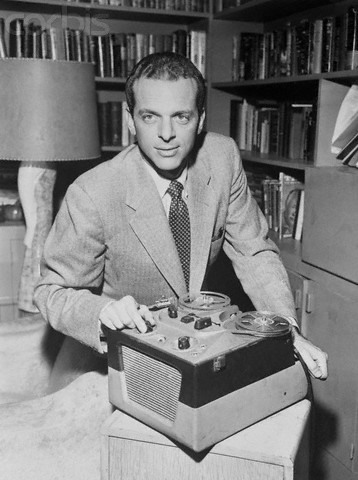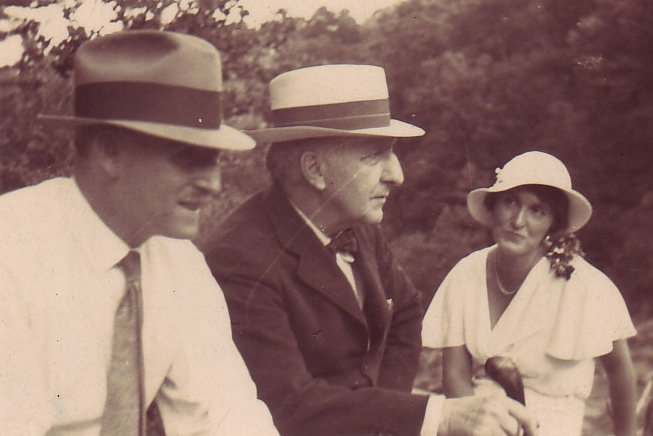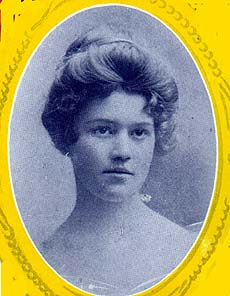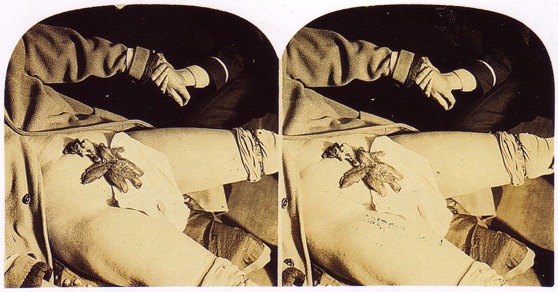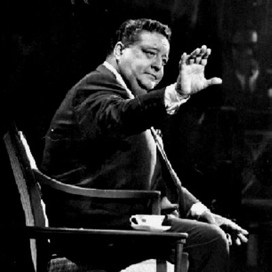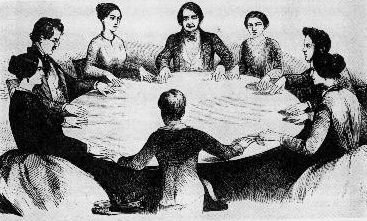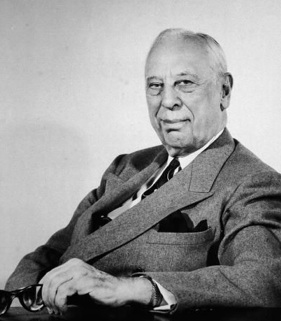
One of the lab’s more interesting donors was Alfred P. Sloan, the former president and chairman of General Motors who is probably best known for the Sloane-Kettering Institute which he founded with his friend Dr. Charles Kettering. Sloan initially wished to keep his donations to the Parapsychology Laboratory anonymous, and they referred to him as Mr. Junior in all their early correspondence. Rhine and Sloan’s point of contact was New York psychiatrist Dr. Smiley Blanton.
As important as his money was his approval of the direction of their work. “I believe the question of extra sensory perception, using that term in its broad sense, is more important, in a way, than its impact on the hypothesis of survival,” Sloan wrote. “It is really a study of the mechanism and functioning of the mind, physical and spiritual, one might say. There is much to be learned that we do not know and I am of the belief that basic research, as conducted by you in the past, should prosecute that problem as intelligently and carefully as possible.”
Sloan’s initial grant to the Lab was for $120,000.00. They’d get $40,000.00 a year for three years, beginning in 1957. Rhine hoped that the grant would be renewed at the end of the three years, but Sloane wrote them in 1959 that their relationship would be terminated with the last check which was due the next year.
Sloan was depressed about the recent death of his friend and associate Dr. Charles Kettering, and Blanton was concerned that Sloan, who believed he was going to die soon, was withdrawing from life. “I think the subject of spiritual survival is the only thing that really moves him,” Blanton wrote. He wanted Rhine to write Sloan about spiritual survival and their work, but Rhine said he didn’t want to lie and “top-dress our basket of fruit.”
It was true that Sloan was interested in the survival question. “It has been scientifically demonstrated that man has non-materialistic or non-physical perception,” he wrote Rhine, and “the relationship between that and the impact of such a discovery on survival is really the most significant question, it seems to me, that is before Parapsychological Research.” But he would always come back to, “I think the problem of survival is secondary to determination of further facts in the areas of extrasensory perception.”
On August 31, 1959, Sloan wrote Rhine that his contributions would be coming to an end. “I wish that circumstances with me were such that I might help in a concept which I believe in so thoroughly but as I have told you many times my work in this life is drawing to a close and it is only intelligent for me to not assume obligations beyond an almost day to day basis.” (Alfred P. Sloan lived on until February 17, 1966.)
